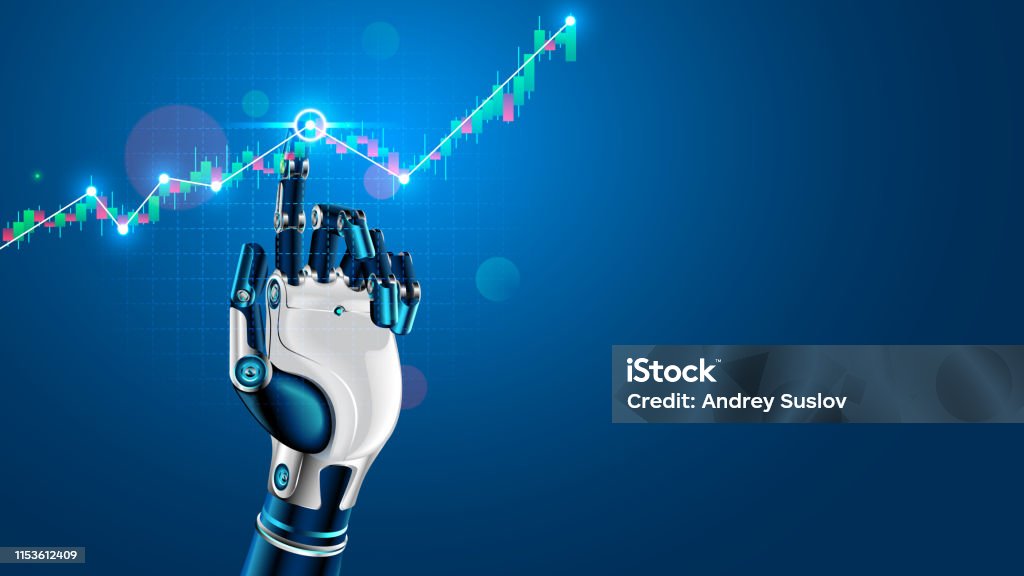The modern business landscape thrives on data, but raw data alone is useless. Extracting meaningful insights and making data-driven decisions requires sophisticated tools. That’s where AI analytics tools come into play. These platforms leverage the power of artificial intelligence and machine learning to automate data analysis, uncover hidden patterns, and provide actionable intelligence, ultimately driving efficiency and growth. Let’s dive into how AI analytics tools are revolutionizing the way businesses operate.
What are AI Analytics Tools?
Defining AI Analytics
AI analytics tools go beyond traditional business intelligence (BI) by incorporating AI technologies to automate complex analytical tasks. This means faster, more accurate, and more insightful data exploration compared to manual methods. They can identify trends, predict future outcomes, and even suggest optimal courses of action.
- Key Features:
Machine Learning (ML): Algorithms learn from data to improve accuracy and prediction over time.
Natural Language Processing (NLP): Enables users to interact with data using natural language queries.
Automated Data Discovery: Automatically identifies patterns, anomalies, and correlations within data.
Predictive Analytics: Forecasts future trends and outcomes based on historical data.
Prescriptive Analytics: Recommends optimal actions based on predictive insights.
The Difference Between AI Analytics and Traditional BI
Traditional BI primarily focuses on historical reporting and data visualization. It requires users to manually define metrics and explore data. AI analytics, on the other hand, automates much of this process.
- Traditional BI:
Relies on predefined metrics and reports.
Requires significant manual effort for data exploration.
Provides retrospective analysis (what happened?).
Offers limited predictive capabilities.
- AI Analytics:
Automates data discovery and pattern identification.
Reduces the need for manual data exploration.
Provides both retrospective and predictive analysis (what happened? what will happen?).
Offers prescriptive insights (what should we do?).
- Example: A retail company using traditional BI might track sales by product category. An AI analytics tool could go further, identifying correlations between weather patterns and specific product sales, predicting future demand based on upcoming weather forecasts, and recommending optimal inventory levels for each store.
Benefits of Using AI Analytics
Improved Decision-Making
AI analytics provides deeper insights, enabling businesses to make more informed and data-driven decisions. By uncovering hidden patterns and predicting future outcomes, companies can proactively address challenges and capitalize on opportunities.
- Actionable Takeaway: Implement AI analytics to support strategic planning and resource allocation.
Enhanced Efficiency and Productivity
Automation is a core benefit of AI analytics. Automating tasks like data cleaning, analysis, and reporting frees up valuable time for data scientists and analysts to focus on higher-level strategic initiatives.
- Actionable Takeaway: Use AI analytics to streamline data-related workflows and improve team productivity.
Personalized Customer Experiences
AI can analyze customer data to understand preferences, behaviors, and needs. This allows businesses to deliver personalized experiences, improve customer satisfaction, and increase customer loyalty.
- Actionable Takeaway: Leverage AI analytics to segment customers and tailor marketing campaigns, product recommendations, and customer service interactions.
Risk Management and Fraud Detection
AI algorithms can identify anomalies and patterns that indicate potential risks, such as fraud, cybersecurity threats, or operational inefficiencies.
- Actionable Takeaway: Employ AI analytics to monitor key performance indicators (KPIs) and detect anomalies that may signal potential problems.
Cost Optimization
By optimizing resource allocation, improving operational efficiency, and reducing waste, AI analytics can contribute to significant cost savings.
- Actionable Takeaway: Use AI analytics to identify areas where costs can be reduced and resources can be optimized. A manufacturing company can use AI to predict equipment failures and schedule preventative maintenance, reducing downtime and repair costs.
Popular AI Analytics Tools
Overview of Leading Platforms
Several AI analytics tools are available, each with its strengths and weaknesses. Here are a few leading platforms:
- DataRobot: A comprehensive automated machine learning platform that allows users to build and deploy AI models without extensive coding.
- Google Cloud AI Platform: A suite of AI services offered by Google, including pre-trained models, custom model building tools, and deployment infrastructure.
- IBM Watson Studio: A cloud-based platform for data science and machine learning, offering tools for data exploration, model building, and deployment.
- Microsoft Azure Machine Learning: A cloud-based machine learning service that allows users to build, deploy, and manage machine learning models.
- Tableau (with Einstein Discovery): Tableau is known for data visualization, but when paired with Einstein Discovery, it offers powerful AI-driven insights and predictive analytics.
Features and Use Cases
Each tool offers unique features and is suitable for different use cases.
- DataRobot: Ideal for organizations that need to quickly build and deploy AI models without a large team of data scientists. Great for predicting customer churn, optimizing marketing campaigns, and improving supply chain management.
- Google Cloud AI Platform: Well-suited for organizations that require scalable and customizable AI solutions. Useful for image recognition, natural language processing, and recommendation systems.
- IBM Watson Studio: Suitable for organizations that need a collaborative platform for data science and machine learning. Useful for fraud detection, risk assessment, and customer sentiment analysis.
- Microsoft Azure Machine Learning: Ideal for organizations that use Microsoft’s cloud services and require a comprehensive machine learning platform. Useful for predictive maintenance, fraud detection, and customer relationship management (CRM) optimization.
- Tableau (with Einstein Discovery): A great option for businesses that are already using Tableau and want to add AI-driven insights to their data visualizations. Ideal for sales forecasting, pricing optimization, and customer segmentation.
Implementing AI Analytics in Your Organization
Data Preparation and Integration
The success of AI analytics depends on the quality and availability of data. Ensure that your data is clean, accurate, and properly integrated from various sources.
- Key Steps:
Data Cleaning: Remove errors, inconsistencies, and missing values.
Data Transformation: Convert data into a format suitable for analysis.
Data Integration: Combine data from different sources into a unified view.
Data Governance: Establish policies and procedures to ensure data quality and security.
Choosing the Right Tool
Select an AI analytics tool that aligns with your business needs, technical capabilities, and budget. Consider factors such as ease of use, scalability, integration capabilities, and available support.
- Actionable Takeaway: Start with a clear understanding of your business requirements and conduct a thorough evaluation of different AI analytics tools before making a decision.
Training and Skill Development
Invest in training and development programs to equip your employees with the skills needed to use and interpret AI analytics insights. This may involve hiring data scientists, training existing staff, or partnering with external consultants.
- Actionable Takeaway: Provide ongoing training and support to ensure that your team can effectively use AI analytics tools and make data-driven decisions.
Ethical Considerations
Be mindful of the ethical implications of using AI, such as bias in algorithms, data privacy, and transparency. Implement safeguards to ensure that AI is used responsibly and ethically.
- Actionable Takeaway: Establish clear ethical guidelines for the use of AI and regularly monitor AI systems for potential bias and discrimination.
Future Trends in AI Analytics
Edge AI Analytics
Processing data closer to the source, on edge devices, reduces latency and improves real-time decision-making. This is particularly useful in industries like manufacturing, transportation, and healthcare.
- Example: An autonomous vehicle uses edge AI to process sensor data and make real-time driving decisions.
Augmented Analytics
Augmented analytics automates data preparation, insight generation, and data storytelling, making AI more accessible to a wider range of users.
- Example: A business user can ask a natural language question about sales data and receive an automated report with key insights and recommendations.
Explainable AI (XAI)
XAI focuses on making AI models more transparent and understandable, allowing users to see how decisions are made and identify potential biases.
- Example: An XAI tool can explain why a loan application was rejected, providing insights into the factors that influenced the decision.
AI-Powered Data Governance
AI is being used to automate data governance tasks, such as data quality monitoring, data lineage tracking, and data security enforcement.
- Example: AI can automatically identify and flag data quality issues, helping to ensure that data is accurate and reliable.
Conclusion
AI analytics tools are transforming the way businesses analyze data and make decisions. By leveraging AI technologies, organizations can unlock deeper insights, improve efficiency, personalize customer experiences, and mitigate risks. Implementing AI analytics requires careful planning, data preparation, and a commitment to ethical practices. As AI continues to evolve, businesses that embrace these tools will be well-positioned to thrive in the data-driven economy.




